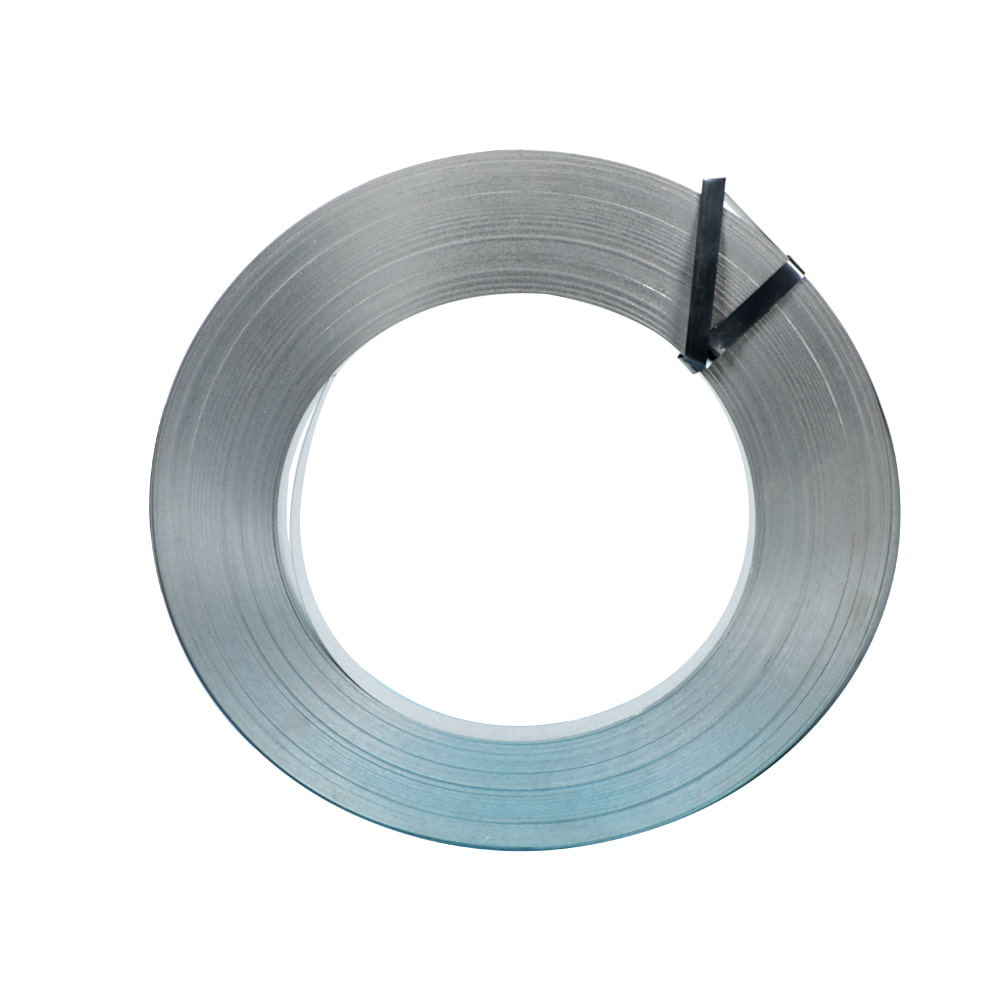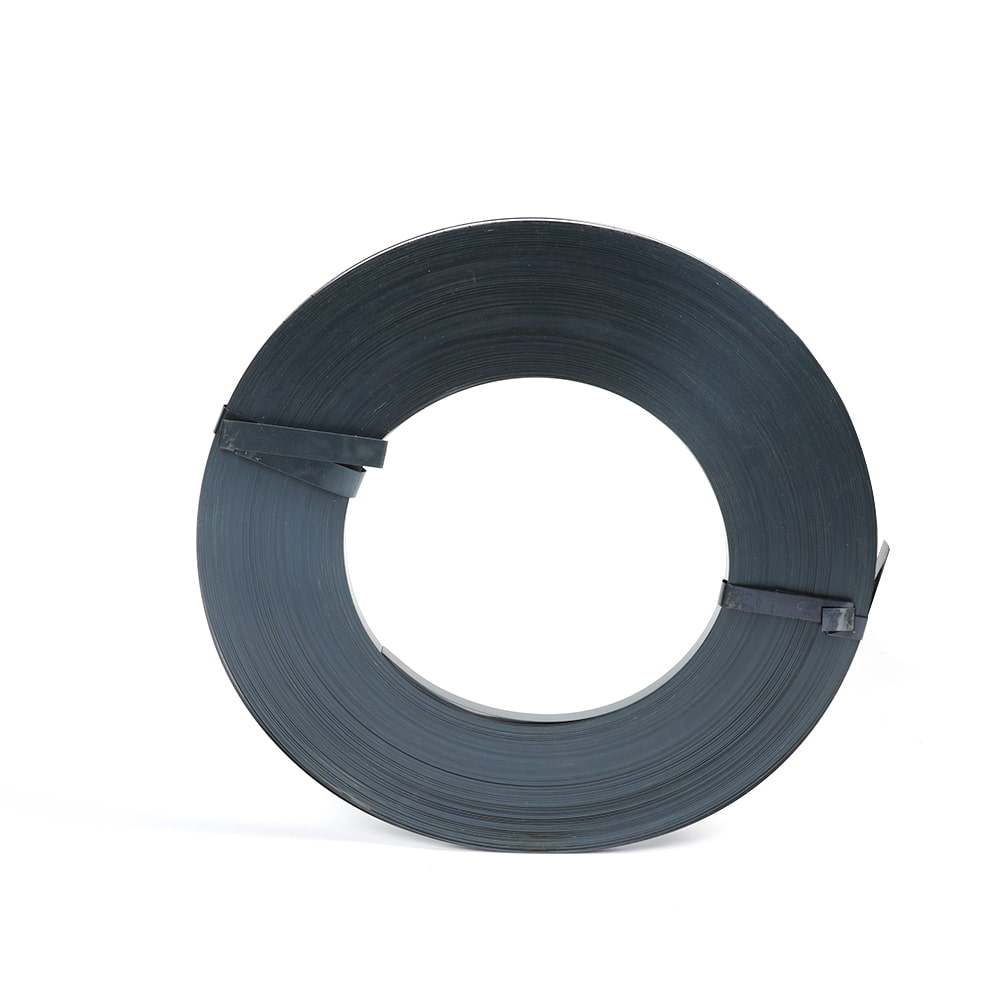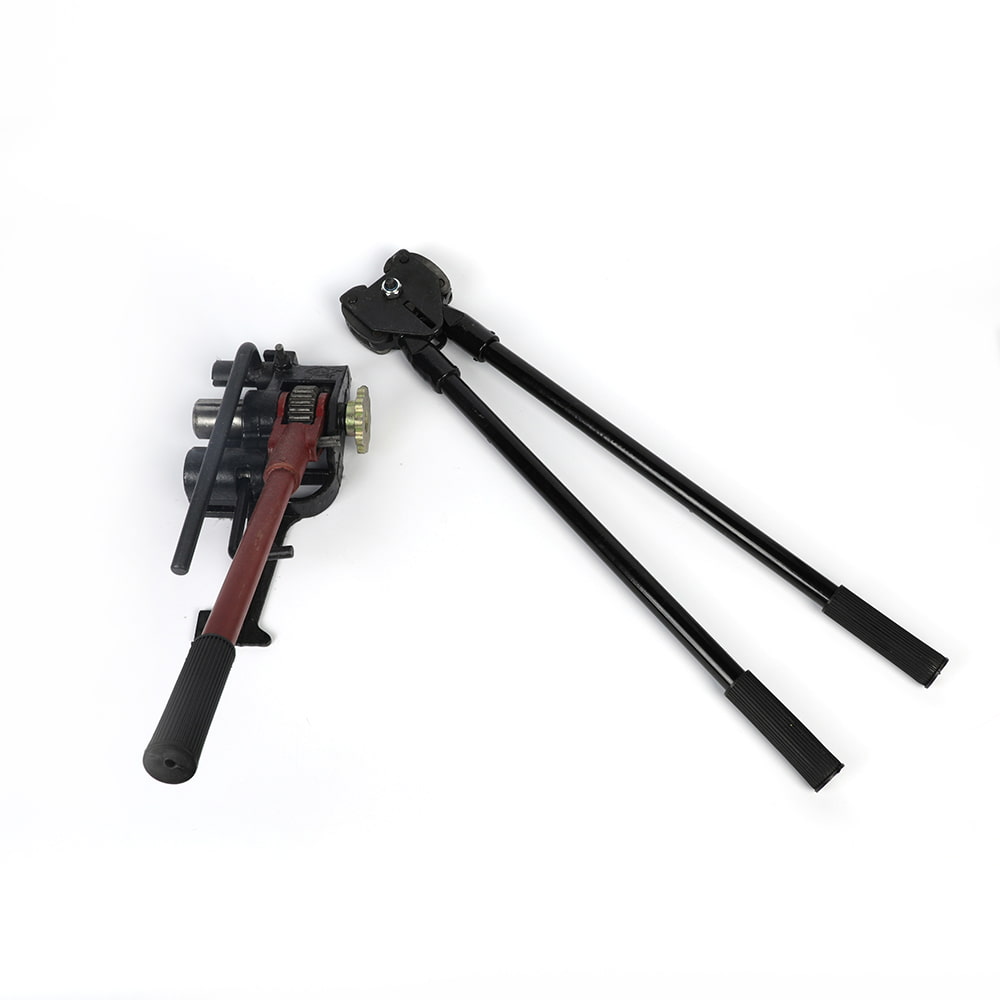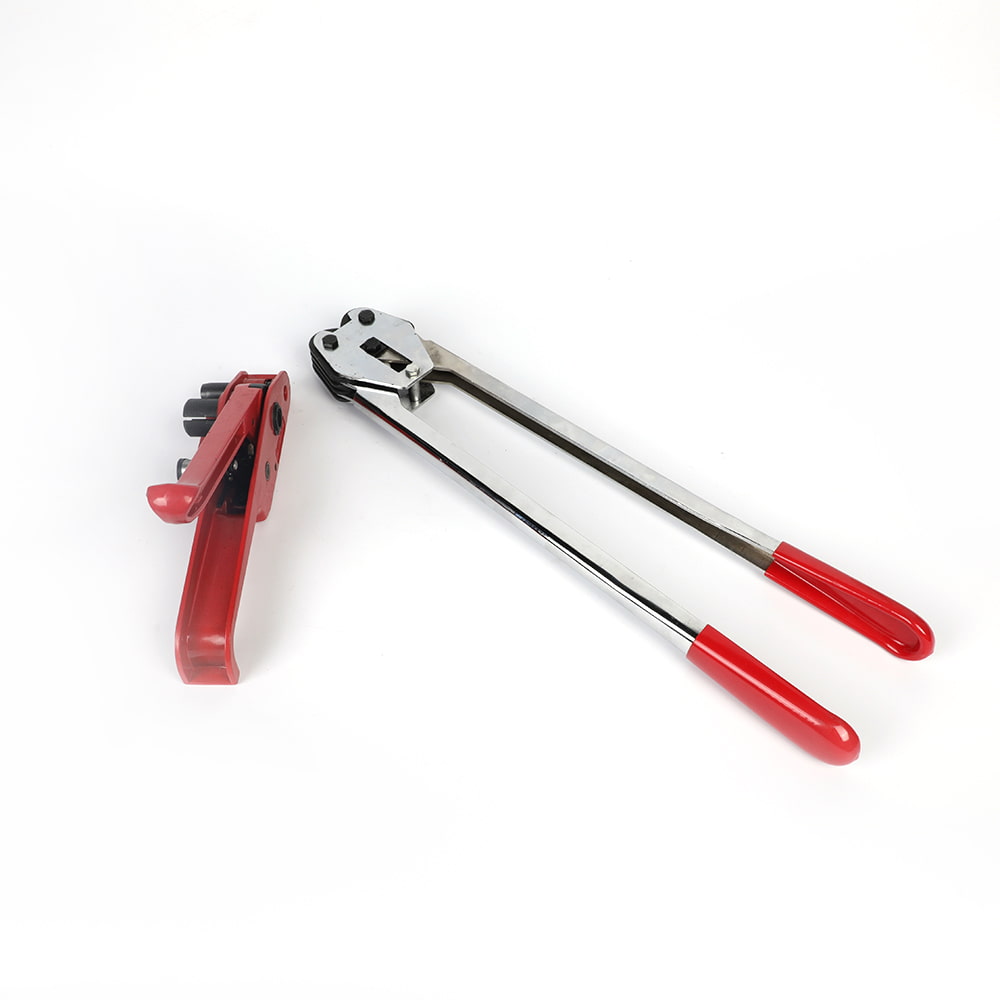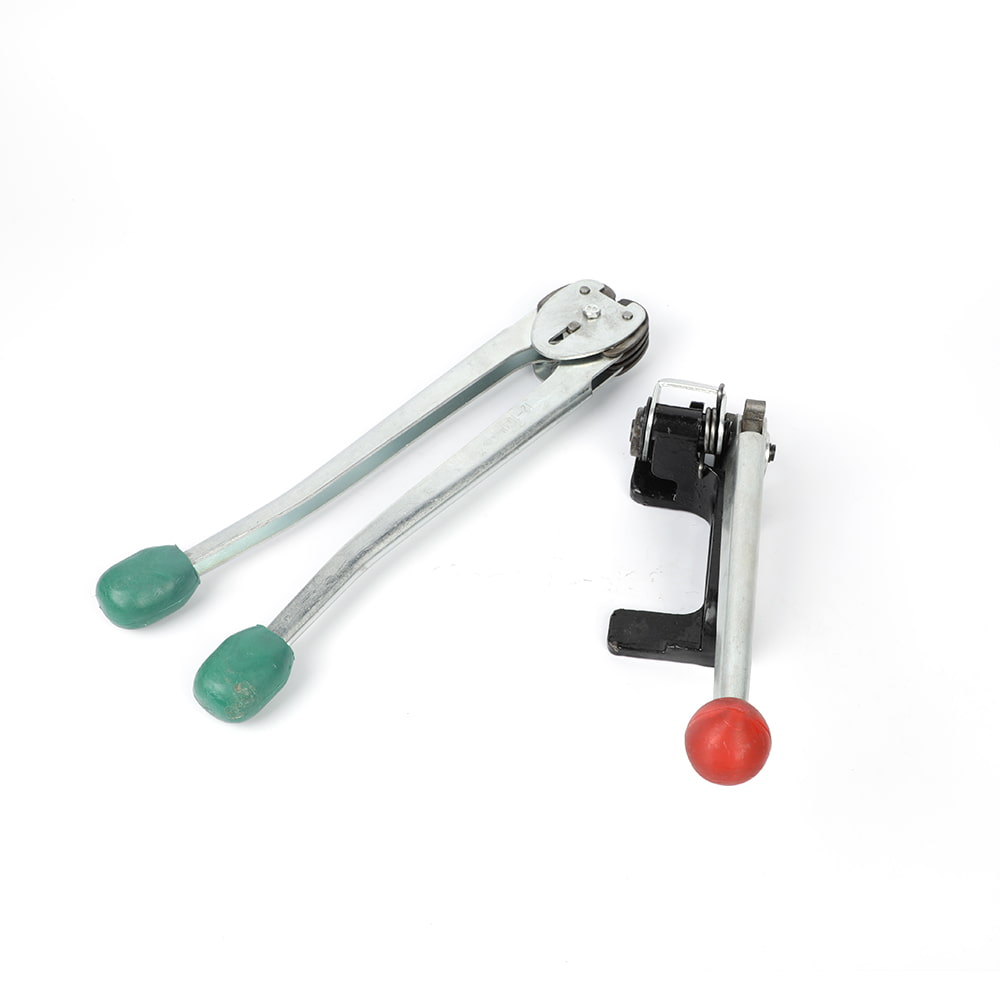How Strapping Seal Technology Prevents Load Shifting in Cargo Transportation
In the logistics and shipping industries, securing cargo effectively is critical to minimizing damage, reducing costs, and ensuring timely deliveries. One innovative solution gaining traction is Strapping Seal, a specialized strapping system designed to combat load shifting during transit.
The Problem of Load Shifting
Load shifting occurs when cargo moves due to vibrations, sudden stops, or improper securing during transportation. According to industry studies, up to 25% of cargo damage claims stem from inadequate load stabilization. Traditional methods like steel strapping or plastic bands often fail under extreme conditions, leading to loosening, breakage, or corrosion. These vulnerabilities result in product loss, safety risks, and added expenses for businesses.
How Strapping Seal Works
Strapping Seal combines high-tensile materials with a patented locking mechanism to create a secure, tamper-evident closure. Unlike conventional strapping, which relies on tension alone, the system integrates a reinforced seal that locks the strap in place, preventing slippage even under heavy stress. Key features include:
Material Durability: Made from corrosion-resistant polymers or composite alloys, Strapping Seal withstands temperature fluctuations, moisture, and UV exposure.
Adjustable Tension: The technology allows precise tension control, adapting to irregularly shaped or fragile items.
Tamper Evidence: Any attempt to cut or remove the strap leaves visible signs of interference, enhancing security.
Industry Applications and Benefits
Strapping Seal is versatile, suitable for securing palletized goods, machinery, construction materials, and even hazardous cargo. Logistics providers report a 40% reduction in load-shifting incidents after switching to the system. Additional benefits include:
Cost Savings: Reduced damage claims and fewer restrapping efforts lower operational costs.
Compliance: Meets international safety standards, including those from the International Safe Transit Association (ISTA).
Sustainability: Reusable variants minimize waste compared to single-use alternatives.
Why Choose Strapping Seal?
While alternatives like stretch wrap or steel bands remain common, their limitations in adaptability and reliability make Strapping Seal a superior choice. For example, steel strapping can corrode in humid environments, while plastic straps may weaken under prolonged tension. Strapping Seal’s hybrid design addresses these gaps, offering a balance of strength and flexibility.
As global supply chains face increasing pressure to optimize efficiency and reduce risk, technologies like Strapping Seal provide a pragmatic solution to a persistent problem. By investing in advanced strapping systems, companies can safeguard their shipments, enhance customer satisfaction, and protect their bottom line. For businesses prioritizing safety and reliability, upgrading to Strapping Seal is not just an option—it’s a strategic necessity.

 EN
EN 
 English
English 中文简体
中文简体



